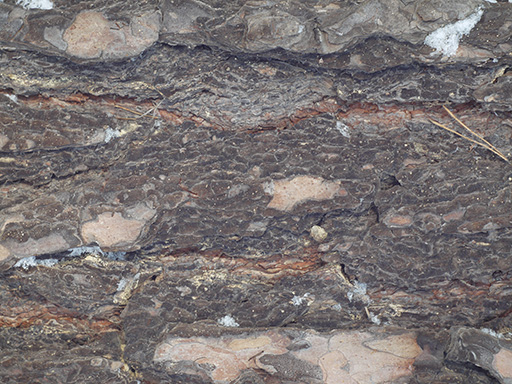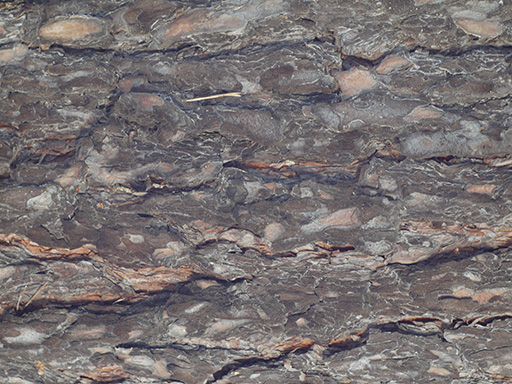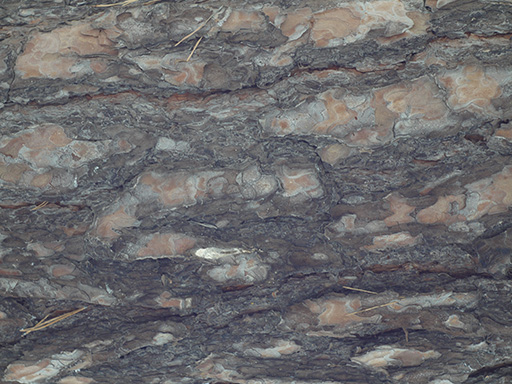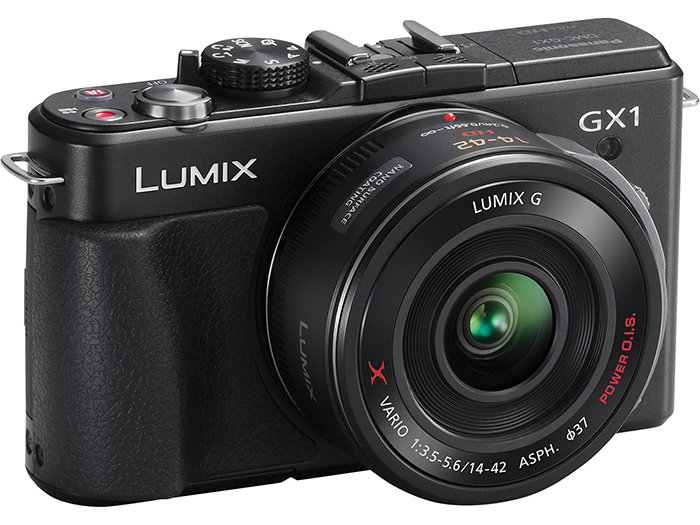
Lets review compact mirrorless photo camera Panasonic Lumix DMC GX1, which has semi-professional functions and Micro Four Thirds mount for interchangeable lenses. 16 MP Live MOS sensor with 4/3″ size is built into it, image is processed by graphical Venus Engine FHD, image stabilization is optical with lenses, that support it. Camera makes photos with ISO 160 – 12800 sensitivity levels and saves them in JPEG, RAW and MPO formats; supported video recording modes are Full HD 1920 х 1080 and HD 1280 х 720 with saving in MP4 ( AVCHD image encoding ) and MOV ( Motion JPEG ) with Dolby Digital Stereo Creator sound recording. Wherein microphones are located very close to each other and stereo channels separation, the most probably, is low. It has no built-in viewfinder, has built-in flash, its 3″ touch LCD screen has 460 K dots resolution.
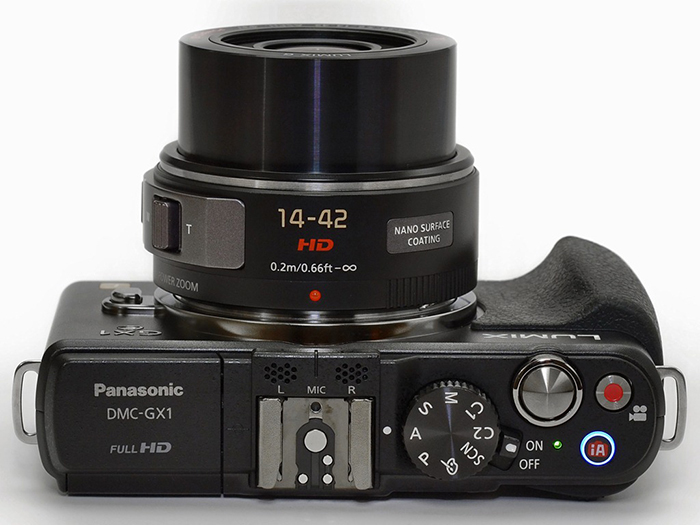
Camera saves photos and videos on SD, SDHC and SDXC ( UHS-I ) flash memory cards; it has no Wi-Fi connections support for remote data transferring and control. It supports automatic and manual focus, exposure and diaphragm control and can be used for astronomical objects shooting. Following connectors are located on Panasonic Lumix DMC GX1 : USB 2.0 for data transferring and Li-ion battery charging; HDMI Mini Type C; AV output; Hot Shoe; and remote wired control port; one charge of battery is enough for 310 photos making. Camera sizes are 116.3 ( width ) x 67.8 ( height ) x 39.4 ( depth ) mm and mass is 318 g ( without lens and with battery and memory card ); its body is made from metal with rubberized insets for better and more convenient grip.

Package contains : Panasonic Lumix DMC GX1 camera itself, USB cable, Li-ion battery, strap on hand, mount cap, optical disks with software ( PHOTOfunSTUDIO 7.0 HD Edition, SILKYPIX Developer Studio 3.1 SE and LoiLoScope ), warranty card and user’s guide; there are also kits with bundled lenses. Overall, this is a great camera with interchangeable lenses, which gives very good RAW photos quality; JPEG photos of Panasonic cameras with Venus Engine FHD can give higher amount of compression artifacts, in comparison with competitors. Its other minus is weak stereo channels separation, this is a consequence of its primary design for still photos making.

